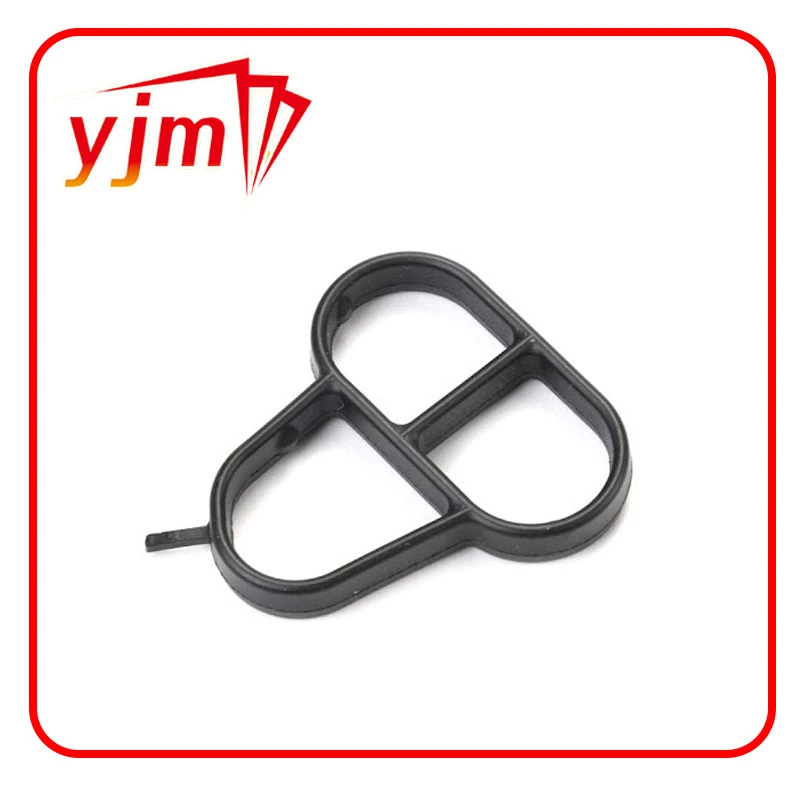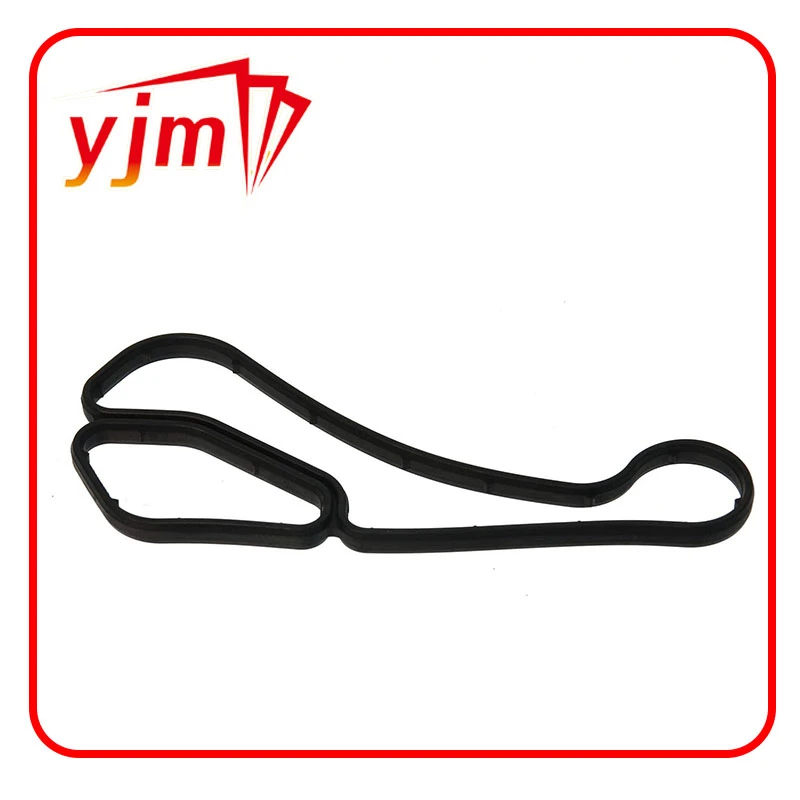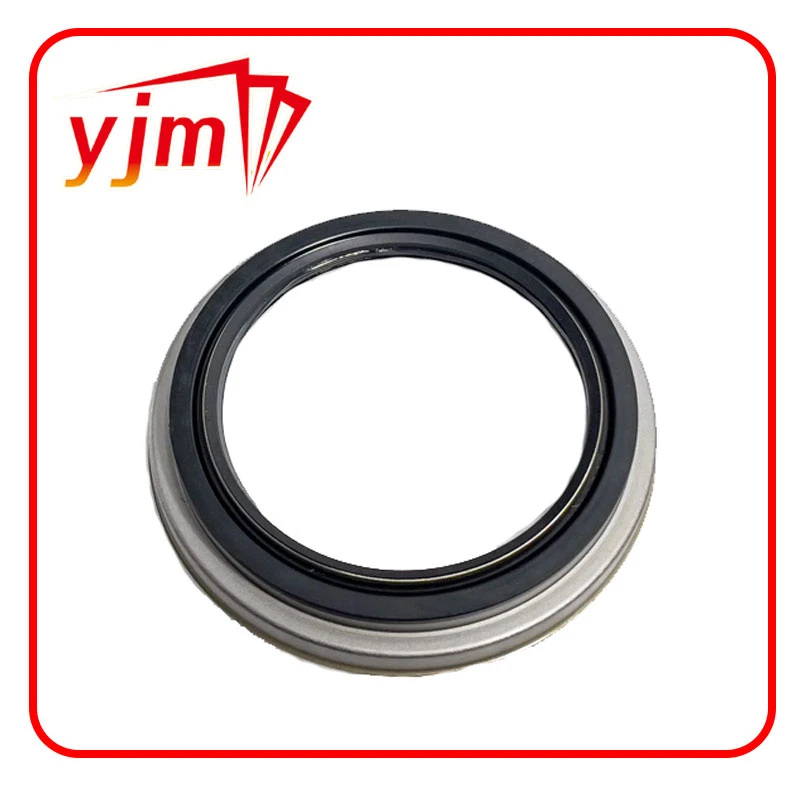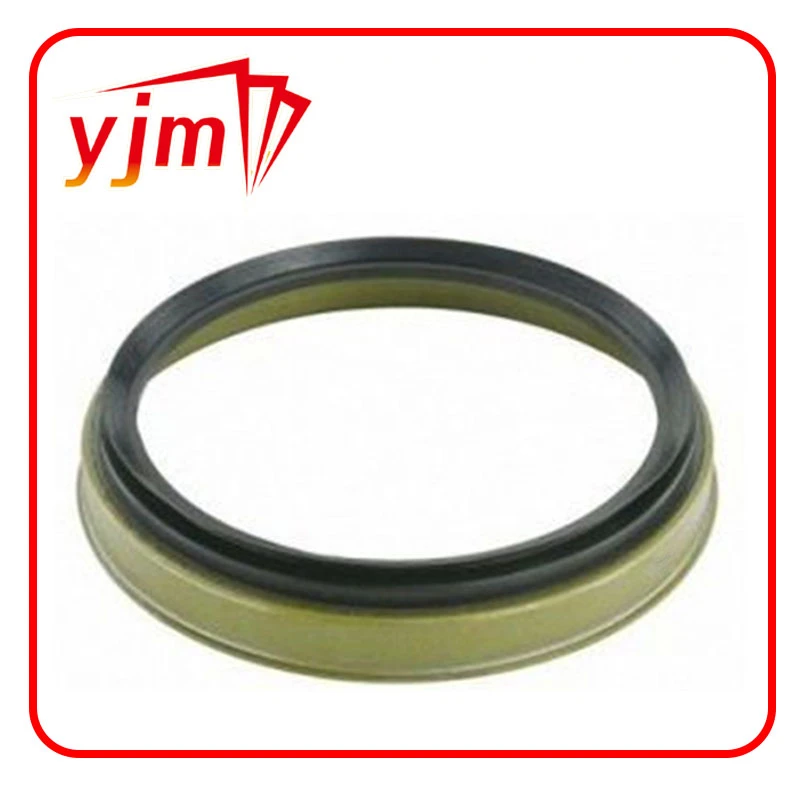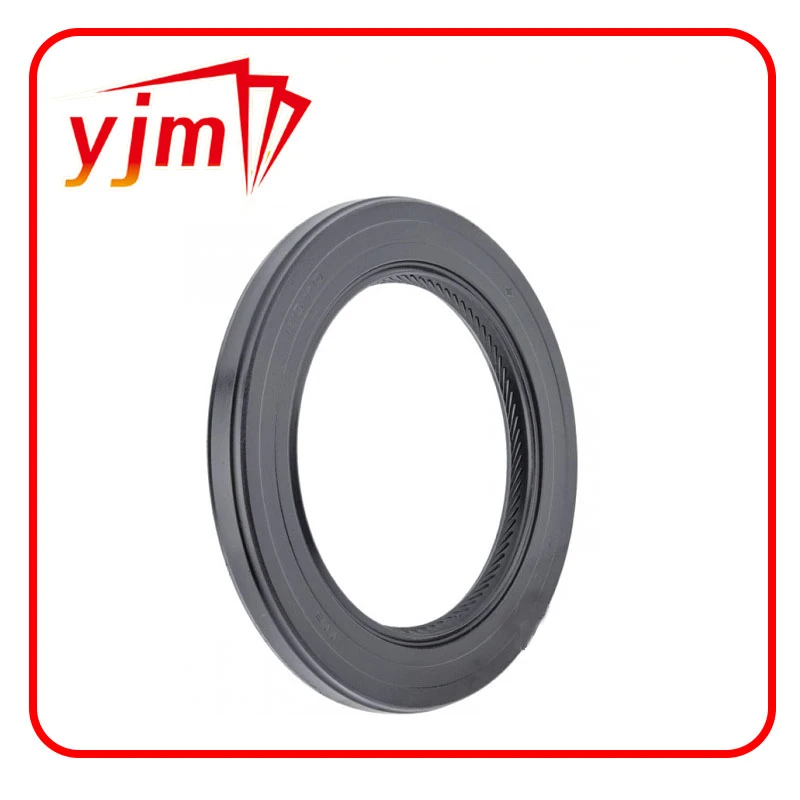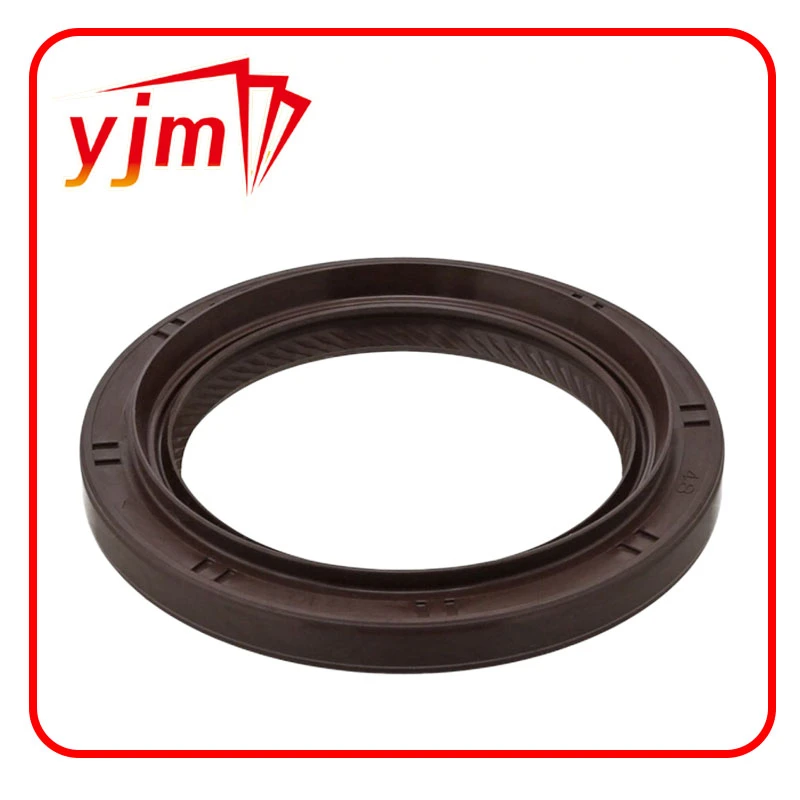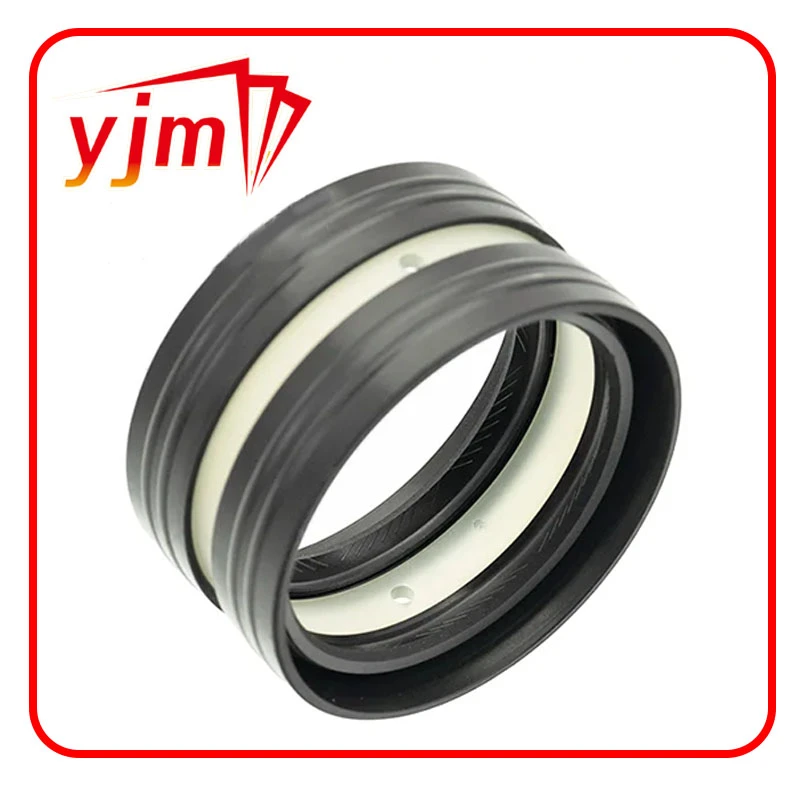Comprehensive Guide to Oil Seal 65 85 10 – Specs, Applications & Vendors
What Is an Oil Seal 65 85 10 and Why It Matters
If you’re not an engineer or machinery nuts-and-bolts kind of person, the term oil seal 65 85 10 might sound like jargon straight out of a tech manual. But, oddly enough, it’s a crucial little component playing an outsized role in making machines run smoothly worldwide. Put simply, this type of oil seal keeps lubricants in and dirt out — a seemingly small job that can make or break industrial reliability.
Globally, as industries become more mechanized and sustainability takes center stage, understanding components like oil seals is essential. They’re an inexpensive solution to prevent costly equipment failures and downtime. Plus, their correct use benefits everything from energy efficiency to reducing environmental impact — you might not notice an oil seal, but its absence is glaring.
The Global Context: Why Oil Seal 65 85 10 Is More Than a Measurement
Let’s zoom out. The ISO reports that the global industrial machinery market is projected to grow steadily, fueled by sectors like automotive, agriculture, and energy (1). Within this boom, small parts like oil seals become absolutely vital because they enable equipment longevity and safety. According to the World Bank's data on infrastructure investments, more reliable machinery means fewer disruptions and lower maintenance costs, which contributes to economies stabilizing especially in developing regions (2).
Here’s the twist: old or ill-fitting seals are a persistent source of costly leaks, contamination, and catastrophic failures — exactly what the oil seal 65 85 10 was designed to prevent. It may seem small, but the stakes are high when factories run 24/7, remote extraction sites operate in tough environments, or food production equipment demands hygienic seals.
What Exactly Is an Oil Seal 65 85 10?
Alright, getting technical but keeping it simple: an oil seal is a device used to seal the spaces between stationary and moving components in mechanical equipment. Now, the "65 85 10" part? This denotes precise dimensions in millimeters — the inner diameter (65 mm), outer diameter (85 mm), and thickness or width (10 mm), respectively. These measurements help engineers pick the right seal for shafts or housings where lubrication retention and contamination exclusion are critical.
Oil seal 65 85 10 typically consists of a flexible sealing lip — often made of nitrile rubber (NBR) or fluoroelastomer (FKM) — bonded onto a metal casing. This combination seals spinning shafts, preventing oil or grease leaks and keeping dirt and water out in everything from generators to automotive gearboxes.
This seal size is common in mid-sized machinery like pumps, industrial motors, and agricultural equipment. The seal’s perfect fit reduces energy waste, lowers friction, and extends machine life — a small tech miracle rooting back to early 20th-century sealing innovations.
Core Components and Key Features of Oil Seal 65 85 10
1. Durability and Material Quality
Engines, conveyors, and mixers operate under extreme conditions. The oil seal 65 85 10 often uses materials like nitrile, which resists abrasion and temperature changes from -30°C to 100°C, or FKM, which can handle even higher temps. High-quality metal casing prevents deformation, a must for consistent sealing.
2. Precision Dimensions
Those numbers aren't random. Getting 65 mm inner diameter wrong by even a small fraction can cause leakage or excessive wear. The 85 mm outer diameter ensures a snug fit in machine boreholes, and the 10 mm thickness balances flexibility and strength—a sweet spot for durability.
3. Resistance to Contaminants
Seals protect machines from dirt, dust, and moisture. For industries in dusty deserts or humid tropics, an oil seal’s ability to block contaminants means fewer repair bills and longer service intervals — a huge deal.
4. Lubricant Compatibility
Different oils and greases have varying chemical properties; the oil seal material must tolerate them. If you use synthetic oil, for example, not all rubber types stand up. So selecting the right compound for an oil seal 65 85 10 is vital.
5. Installation Ease and Maintenance
Modern designs often include features that make fitting oil seals easier, reducing downtime. Once installed, they require minimal maintenance — just periodic checks for wear or cracking.
Specifications: A Snapshot of Oil Seal 65 85 10
| Specification | Value | Description |
|---|---|---|
| Inner Diameter (ID) | 65 mm | Shaft size to seal tightly |
| Outer Diameter (OD) | 85 mm | Fits within bore or housing |
| Thickness / Width | 10 mm | Balances flexibility and strength |
| Seal Material | Nitrile (NBR) / FKM | Chemical and temperature resistance |
| Operating Temperature Range | -30°C to 150°C | Max/min temp for function |
Comparing Leading Oil Seal 65 85 10 Vendors
| Vendor | Material Options | Price Range (USD) | Lead Time | Certifications |
|---|---|---|---|---|
| YJMSeal | NBR, FKM, Silicone | $5 - $12 | 3-5 days | ISO 9001, ROHS |
| GlobalSeal Corp | NBR, FKM | $6 - $15 | 7-10 days | ISO 9001 |
| SealTech Industries | NBR, Silicone | $4 - $10 | 5-7 days | ROHS |
Where Does Oil Seal 65 85 10 Actually Get Used?
This size is versatile. Think industrial pumps in oil and gas, automotive wheel hubs, agricultural tractor parts, and electric motor shafts in manufacturing plants. In regions like Southeast Asia’s wet climate or arid Australian mining zones, seals like these prevent nasty breakdowns caused by water or dust intrusion.
One example: a mid-sized food processing plant in Europe uses oil seal 65 85 10 in conveyor gearboxes, maintaining hygiene by preventing oil leaks that could contaminate products. Another example is wind turbines in Germany, where such seals protect bearings against salty sea air.
Such applications highlight the seal’s role across global industry and environmental conditions — its reliability makes ventures safer and more sustainable.
The Long-Term Value of Choosing the Right Oil Seal
- Cost Efficiency: Prevention of leaks reduces costly repairs and machine downtime.
- Sustainability: Efficient sealing reduces oil waste, minimizing environmental footprint.
- Reliability: Consistent performance in challenging environments boosts trust in machinery.
- Safety: Prevents spills and contamination, protecting workers and products.
Frankly, the peace of mind a quality oil seal delivers is hard to put a price on. Innovation in seal materials and design also instills confidence in increasingly automated factories, where human intervention is minimal.
Anticipating the Future: Innovations in Oil Seal Technology
Looking ahead, the industry trends toward greener, smarter solutions. Expect more sustainable materials that resist bio-degradation as well as seals embedded with sensors to continuously monitor wear and leak risk. Digital integration means predictive maintenance can catch failures before they happen — saving companies millions.
In alignment with stricter ISO environmental standards, manufacturers are investing in seals that tolerate synthetic bio-oils and extreme temperatures typical of renewables and electric vehicles. Automated assembly lines may soon customize seals on the spot based on real-time data.
Common Challenges and How to Overcome Them
Not all seals are created equal. Some key challenges include:
- Incorrect sizing: Causes early failure; requires precise measurement and inventory management.
- Material mismatches: Using seals incompatible with the lubricant or environment leads to degradation.
- Installation errors: Poor fitting can cause leaks even if the seal is high-quality.
Expert installers stress training and detailed specs as vital. Plus, digital tools to verify seal specs during ordering can prevent mistakes — it’s often the simplest fixes that yield the biggest reliability gains.
FAQs: Common Questions About Oil Seal 65 85 10
- What applications are best suited for oil seal 65 85 10?
- This seal size works well in medium-diameter shafts, common in automotive gearboxes, industrial pumps, and agricultural machinery where standard sealing tolerances are critical.
- Can I substitute a different size seal if 65 85 10 is unavailable?
- Not recommended. Even slight dimension differences can cause leaks or excessive wear. It’s best to source the exact size or consult with a supplier.
- How often should oil seals be replaced in heavy machinery?
- Generally, seals are checked during regular maintenance intervals — often every 1,000 to 2,000 hours of operation — but this varies by application and environment.
- Are oil seal 65 85 10 materials compatible with synthetic lubricants?
- Many seals are, especially those made of FKM. However, nitrile rubber may degrade with certain synthetics. Confirm material compatibility when ordering.
- Where can I purchase reliable oil seal 65 85 10 components?
- Leading suppliers like YJMSeal offer certified, customizable seals with fast delivery and engineering support.
Wrapping Up: Why Oil Seal 65 85 10 Remains an Industrial Backbone
It might just be a small part, but the oil seal 65 85 10 quietly supports countless machines worldwide — enhancing efficiency, cutting costs, and promoting sustainability. Whether you’re upgrading a factory line or managing field equipment in tough conditions, choosing the right oil seal sometimes feels like choosing trust and peace of mind.
To learn more or order high-quality oil seals customized for your needs, don’t hesitate to visit our website. After all, reliability starts with the little things.
References:
1. ISO Industrial Machinery Market Report (2023).
2. World Bank Infrastructure and Investment Data (2022).
3. Wikipedia: Oil Seal.
-
Seal 12x20x5: Precision Radial Shaft Seals for Industrial Reliability
News Nov.24,2025
-
Seal 12x18x5: Essential Guide to Specifications, Applications & Vendors
News Nov.24,2025
-
Understanding Seal 12 20 5: Applications, Specifications & Industry Insights
News Nov.23,2025
-
Durable Oil Seal 85x110x12 – Reliable Sealing Solutions for Industry
News Nov.23,2025
-
Durable and Precise Oil Seal 75x95x10 for Efficient Machinery | YJM Seal
News Nov.22,2025
-
Durable Oil Seal 75x100x10 for Reliable Industrial Performance | YJM Seal
News Nov.22,2025
-
High-Quality Oil Seal 65x90x10 | Durable & Reliable Sealing Solutions
News Nov.22,2025
Products categories

